
AeroCruze 100 and xCruze 100 Autopilot Setup After PV.40 Software Update
March 12, 2024
The PV.40 software update for the BendixKing AeroCruze 100 and xCruze 100 autopilots (formerly TruTrak Vizion and Gemini) brings greater compatibility with other aircraft instruments, including the Garmin G5 and Aspen E5 Electronic Flight Instruments. This article walks through the setup process for the AeroCruze 100 and xCruze 100, after the PV.40 software update has been completed by a qualified repair station.
Adjusting Autopilot Settings
After the autopilot has been installed in your aircraft and the PV.40 software update is complete, the setup process begins by applying power to the unit, while pressing the control knob. We recommend doing this while the autopilot is connected to the aircraft’s master switch to provide consistent power to the unit. Throughout this process, you’ll use the ALT button to navigate through the autopilot’s menu and advance to the next setting.
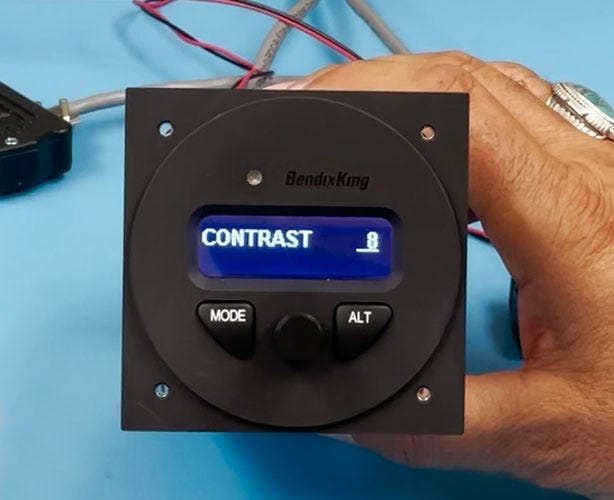
Fine-Tuning Contrast
The first setting you’ll encounter is Contrast. Adjusting this setting will impact the visibility of the device’s display panel under different lighting conditions. You can modify this setting based on your preference.
Minimum Backlight Setting
The Minimum Backlight setting controls the intensity response of the photocell. This adjustment is important to ensure the display remains visible in all lighting conditions. We recommend adjusting the intensity to be clearly visible at night.
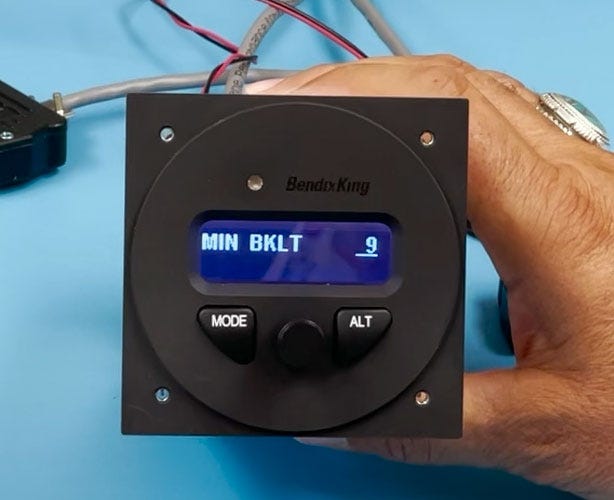
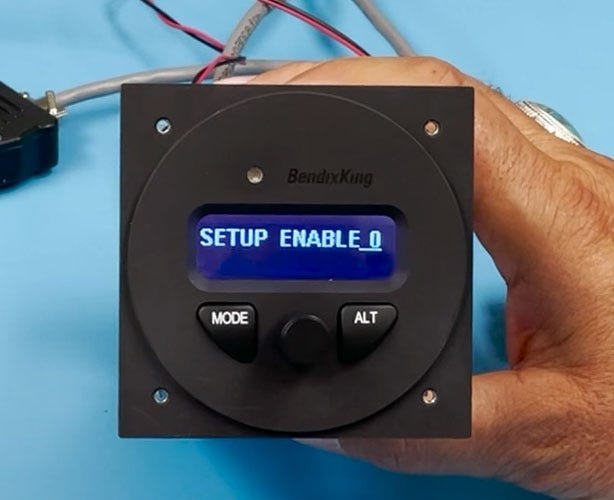
Setup Enable Feature
The PV.40 update brings a change to the Setup Enable feature. The autopilot now requires you to enter an input value of 10 and press and hold MODE to save the configuration changes.
Customizing Lateral Activity
The Lateral Activity setting helps determine how much movement is acceptable along the lateral axis of the aircraft during flight. For example, this setting helps keep the aircraft steady during turbulent conditions. The appropriate setting for Lateral Activity is specific to your aircraft, and can be found in your install manual. Generally, the Lateral Activity setting will be within the range of 16-17 for most aircraft.

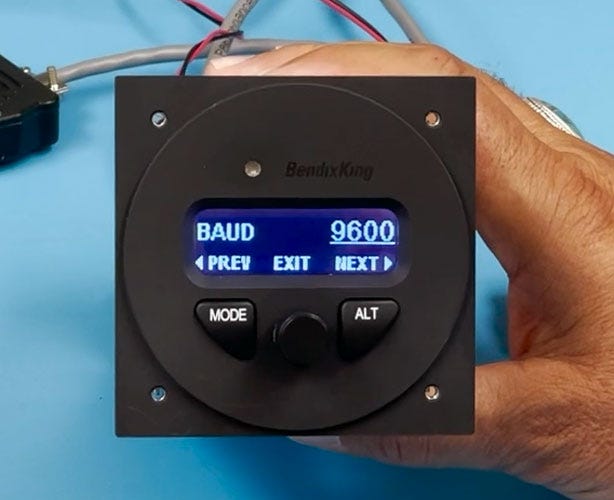
Configuring Baud Rate for GPS Communication
The Baud Rate is the rate at which information in a communication channel is transferred. In this context, it refers specifically to information transferred between your GPS unit and the autopilot device. You must set both devices to the same Baud Rate for accurate tracking and navigation. If the settings are different, the two devices will be unable to communicate. The most common Baud Rate settings for this device are 9600 or 4800.
Selecting the Appropriate Bank Angle
Your Bank Angle setting controls the angle at which your aircraft banks when flown using the autopilot. The AeroCruze 100 and xCruze 100 offer three options to accommodate different flying styles and conditions: low, medium, and high. The medium setting, corresponding to a 25-degree angle, is typically preferred.
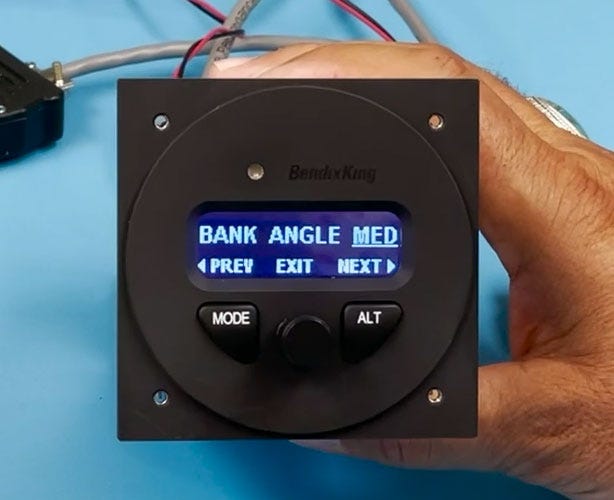
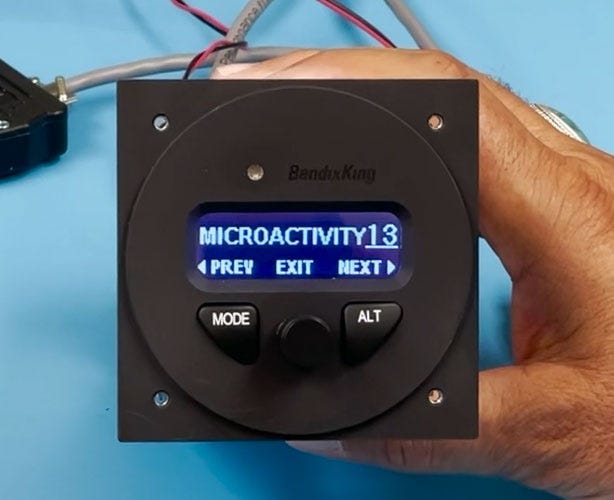
Adjusting Microactivity GPS Gain
The Microactivity setting, with a range from 0 to 32, is designed to remove lost motion within the control system, typically found in a cable control system. This adjustment is important for fine-tuning the autopilot's response to minor imbalances that are not addressed by adjusting the activity setting alone. For example, if you experience a subtle wing rock while flying in still air—and it continues after modifications are made to the activity setting—altering the Microactivity could provide a solution. The appropriate Microactivity setting is specific to your aircraft, and recommendations for this setting can be found in the device manual.
Setting GPS Gain
The GPS Gain setting, with a range from 16 to 32, reflects the amplification provided by your GPS antenna. It's used in systems equipped with GPS Steering capabilities, aiming to enhance the lateral authority of the steering information relayed from the GPS. The setting for GPS Gain reflects the amplification provided by your GPS antenna. For most aircraft using the AeroCruze 100 and xCruze 100, GPS Gain is set at 16. Consult your installation guide for information specific to your aircraft.

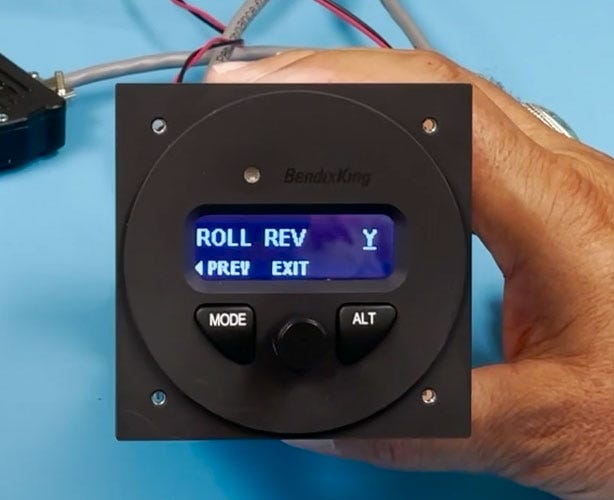
Pitch and Roll Reverse
The Roll and Pitch Reverse setting is a new feature with this software update. This setting allows for the direction of the servo to be changed digitally, offering a convenient solution to wiring issues that previously required manual correction. During the installation of the AeroCruze 100, there are two wiring configurations labeled "A" and "B." If the configuration is wired wrong, the Roll Reverse setting allows you to correct this digitally, instead of having to physically change the wires. This feature simplifies the setup and adjustment process, making it more efficient.
Vertical Activity
After you’ve adjusted the Roll Reverse setting, press and hold ALT to move into the Pitch Mode settings. The first setting in this grouping is Vertical Activity. Like Lateral Activity, this setting controls the movement of the aircraft while the autopilot is in use. The range for this setting is 0 to 24. You should start with the setting listed in the install manual for your aircraft, then adjust based on your preference, if necessary.
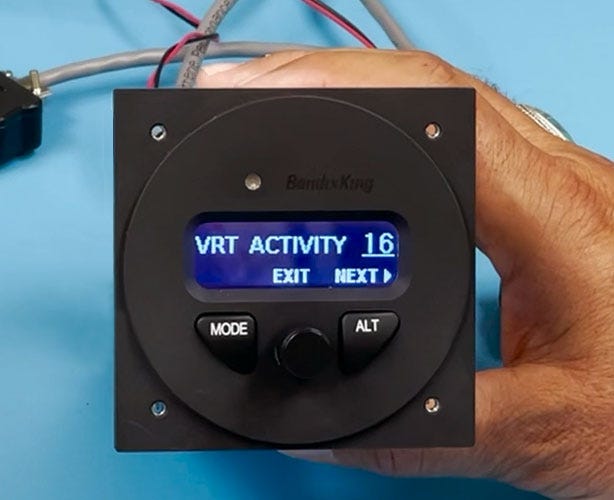
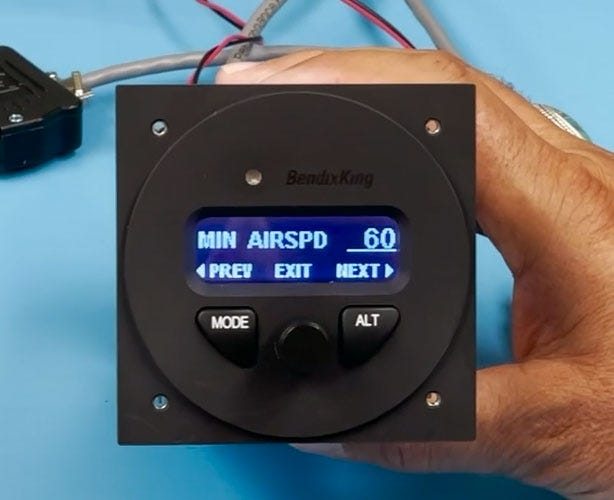
Air Speed Limits
The AeroCruze 100 and xCruze 100 allow you to set the appropriate minimum and maximum air speed limits for your aircraft. These will be determined by the altitude at which your aircraft will fly, and the class of airspace in which it will fly. For example, for aircraft flying under 10,000 feet in Class B airspace, the maximum speed is 250 knots.
Static Lag Adjustments
Static Lag impacts altitude hold sensitivity and pitch control. Adjusting this setting up or down can help protect against minor stability issues like porpoising. Static Lag is most commonly set at 0 or 1.
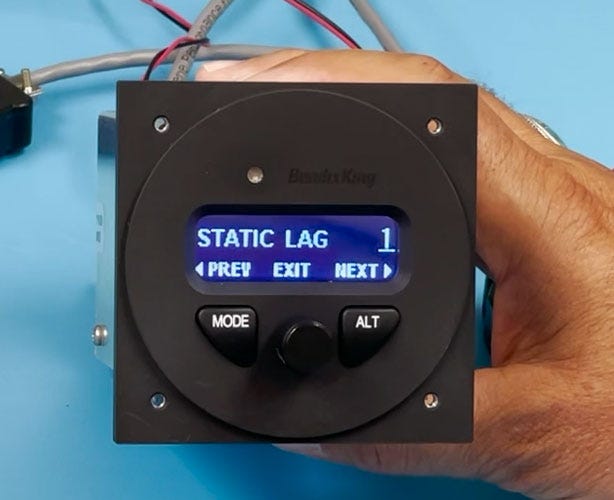
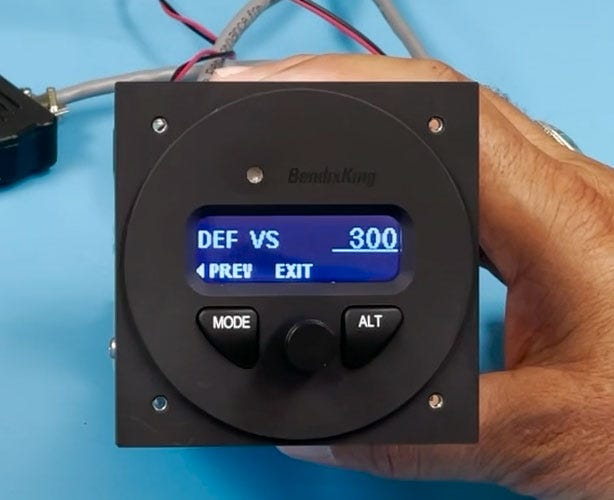
Setting the Vertical Speed
The Vertical Speed setting controls how quickly your aircraft climbs or descends. We recommend setting Vertical Speed to a minimum of 300 feet per minute for a steady and controlled climb or descent. However, more specific information may be available in your aircraft’s manual.
Concluding the Setup: Gyro Balancing
After configuring the settings, press the center knob to exit the settings menu. Now it’s time to balance the gyro board. To do this, press and hold the center button for at least 45 seconds. The words GYRO SET will appear on screen, but the device will not indicate when the balancing process is complete. It is very important to complete the gyro balancing process before you operate the aircraft using the autopilot.
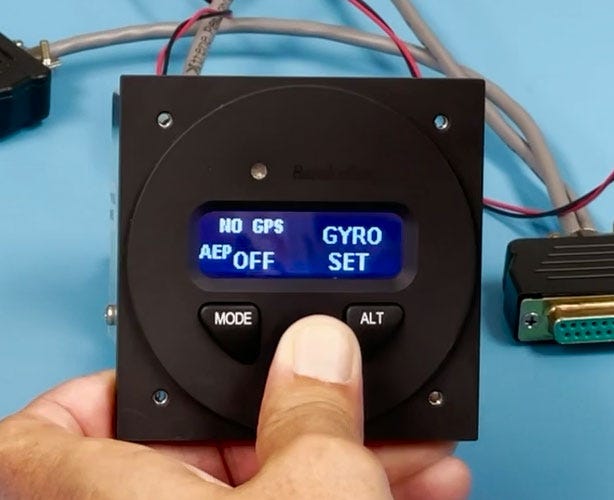
Frequently Asked Questions (FAQs)
What are AeroCruze 100 and xCruze 100 autopilots?
The BendixKing AeroCruze 100 and xCruze 100 are advanced autopilot systems designed for aircraft navigation and control. They were previously manufactured by TruTrak and are now part of the BendixKing product family.
What are the key features of the new PV.40 software update?
The PV.40 software update improves the compatibility of the AeroCruze 100 and xCruze 100 autopilots with the Garmin G5 and Aspen E5 Electronic Flight Instrument devices. It also introduces new settings for contrast, backlight, lateral activity, baud rate, and more.
How does the new Roll Reverse feature work?
The Roll Reverse feature allows users to easily change the roll direction in the autopilot settings, eliminating the need for manual rewiring.
How do I balance the gyro board after updating the autopilot?
To balance the gyro board after updating the autopilot, hold the center button for 45 seconds. This ensures the gyro setup is complete, which is important for preventing issues with roll and pitch when engaging the autopilot.
Is it necessary to adjust the Baud Rate setting?
Yes, adjusting the Baud Rate is essential for communication between the GPS unit and the autopilot. The appropriate Baud Rate depends on your GPS source, with common settings being 9600 and 4800.
What should I consider when adjusting the Bank Angle?
When adjusting the Bank Angle, consider your most common flight conditions and your preferences to determine the angle that is most appropriate for your flight plans. The three settings available on the AeroCruze 100 and xCruze 100 autopilots (low, medium, and high) correspond to different degrees of bank angle, with medium (25 degrees) being the most commonly used.
How does the Setup Enable process differ in the new software?
With the new PV.40 software update, the Setup Enable process requires entering a value of 10 to save changes. This step wasn’t necessary in earlier versions.
Can the new software update be applied to older autopilot models?
Yes, the PV.40 software update can be applied to older autopilot models, such as the DigiFlight, enhancing their functionality and compatibility with newer avionics systems.



